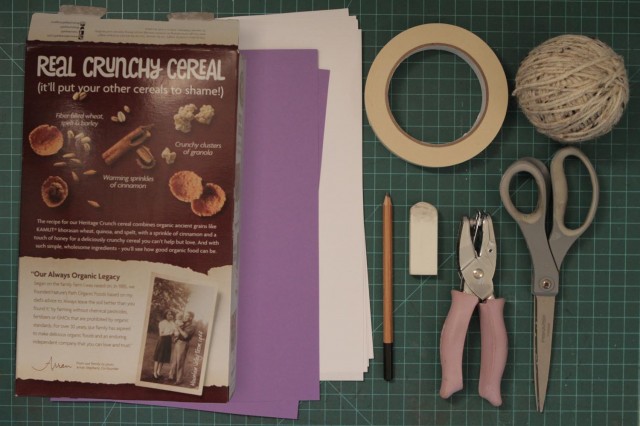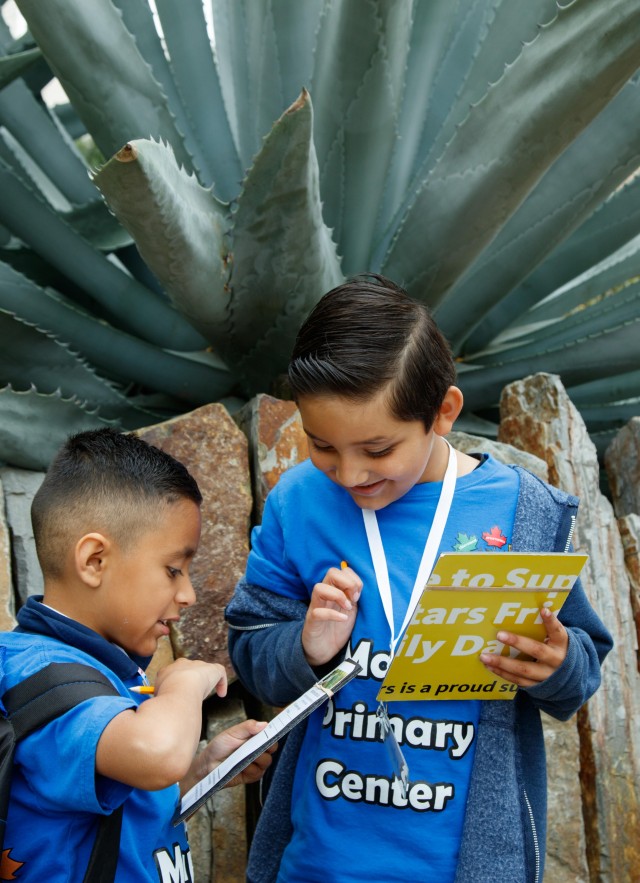
activity | all grades

Journaling is something we do to remember or reflect on things we've experienced. In this activity, you'll be using nature journaling to inspire a story about nature!
5-10 minutes to gather supplies and find a subject to observe
5 minutes to observe and draw
3 minutes to free-write
5-10 minutes to create a story using your drawings and your free-write
1. Find a living plant or animal.
For this activity, you'll want to find something you can observe for at least a few minutes. Maybe it’s a tree you like to climb or look at from your window, a bug in your garden or house, or even a pet or houseplant!
2. Draw your living plant or animal!
Using your timer, take 5 minutes to draw your living plant or animal with as much detail as possible. Try drawing big, adding labels, and writing down anything you think is special or important about the plant or animal you chose to observe. You can also make multiple drawings of the plant or animal to highlight different things about it.
3. Write about your experience with your living plant or animal.
Turn to a new page, close your eyes for 30-60 seconds, and reflect on your experience with your plant or animal. Then, free-write for 3 minutes (or longer!). Don’t worry about writing a perfect story, this is your “brain dump:" a place for you to let your thoughts flow. You can write about what the experience felt like for you, what you observed, any ideas that you had while observing, any questions that came up for you, anything you can think of about your experience.
4. Using your notes and your sketches, write a story inspired by your living plant or animal!
You can write and draw a rough outline of your story in your journal. Using your notes and sketches, step into the world of your living plant or animal. Your story can be as real, or as fictional, as you want! Think "based on a true story," but don’t limit yourself to reality. Your story can be a multi-page storybook with drawings and sentences, it can be on one page like a comic or a storyboard (such as the example below), or it can be a one-page written story with no drawings.